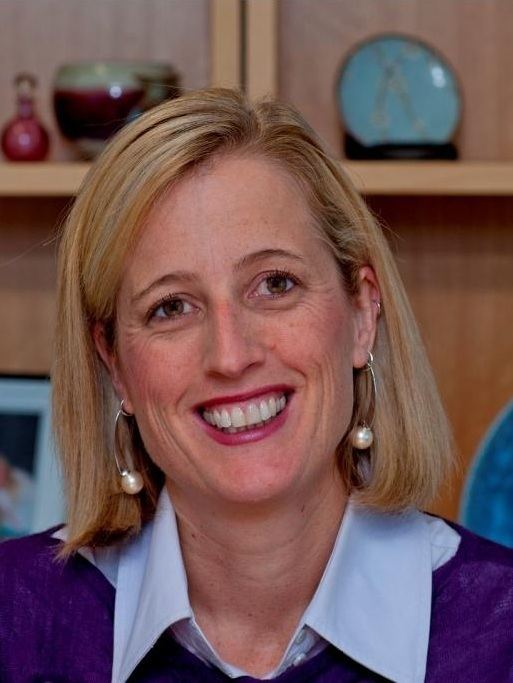20 October 2012 2016 → 13 December 2007 October 2008 6 seats 4 seats | 16 May 2011 13 December 2007 7 seats 6 seats 8 seats 8 seats | |
 | ||
Elections to the Australian Capital Territory Legislative Assembly occurred on Saturday, 20 October 2012. The 11-year incumbent Labor Party, led by Chief Minister Katy Gallagher, won a fourth term over the main opposition Liberal Party, led by opposition leader Zed Seselja.
Contents
- Key dates
- Background
- Candidates
- Labor
- Brindabella
- Ginninderra
- Molonglo
- Unregistered parties and groups
- Polling
- Final distribution of seats
- References
Candidates are elected to fill all 17 Legislative Assembly seats in the unicameral parliament which consists of three multi-member electorates, Brindabella (five seats), Ginninderra (five seats) and Molonglo (seven seats), using a proportional representation single transferable vote method known as the Hare-Clark system.
Key dates
Background
The incumbent Australian Labor Party led by Chief Minister Katy Gallagher attempted to win re-election for a historic fourth term after 11 years in government in the 17-member unicameral ACT Legislative Assembly. Labor led by Jon Stanhope came to power as a minority government at the 2001 election with the support of the Greens and Democrats who held the balance of power. The 2004 election resulted in a historic majority government for Labor, and represented the first time the ACT had elected a majority government. Labor again formed a minority government after the 2008 election resulted in a Green balance of power – Labor 7 seats (37.4%), Liberal 6 seats (31.6%), Greens 4 seats (15.6%). Stanhope resigned as Chief Minister and Labor leader on 12 May 2011, and was replaced by his deputy, Katy Gallagher.
The 1989 election saw the start of self-governance in the ACT. Elections see all members of the unicameral Assembly face re-election, with members being elected by the Hare-Clark system of proportional representation. The Assembly is divided into three electorates: five-member Brindabella (including Tuggeranong and parts of the Woden Valley) and Ginninderra (including Belconnen and suburbs) and seven-member Molonglo (including North Canberra, South Canberra, Gungahlin, Weston Creek, and the remainder of the Woden Valley). Election dates are set in statute with four-year fixed terms.
Candidates
Nine political parties were registered with the ACT Electoral Office as eligible for the October 2012 election.
Three further organisations—Pirate Party Australia, Australian Democrats and No Carbon Tax Climate Sceptics—were not registered as political parties in the ACT, however had stated they intended to nominate candidates to be listed on ballot papers as independents.
Labor
Brindabella
Five seats were up for election. The Labor Party was defending two seats. The Liberal Party was defending two seats. The Australian Greens were defending one seat.
Ginninderra
Five seats were up for election. The Labor Party was defending two seats. The Liberal Party was defending two seats. The Australian Greens were defending one seat.
Molonglo
Seven seats were up for election. The Labor Party was defending three seats. The Liberal Party was defending two seats. The Australian Greens were defending two seats.
Unregistered parties and groups
Polling
Final distribution of seats
After the distribution of preferences neither of the two major parties had won sufficient number of seats to form government in their own right and would need to form a minority government with an alliance with the sole Greens representative Shane Rattenbury. After a week of negotiations Shane Rattenburry formally supported the Labor party to form a minority government.
While both Chief Minister Katy Gallagher and Opposition Leader Zed Seselja retained their positions following the outcome of this election, neither lasted in their positions to lead their respective parties at the next election in 2016 as both remarkably resigned from their positions of their own volitions and from the territory Parliament to move to the Federal Parliament as the two Senators representing the ACT.
